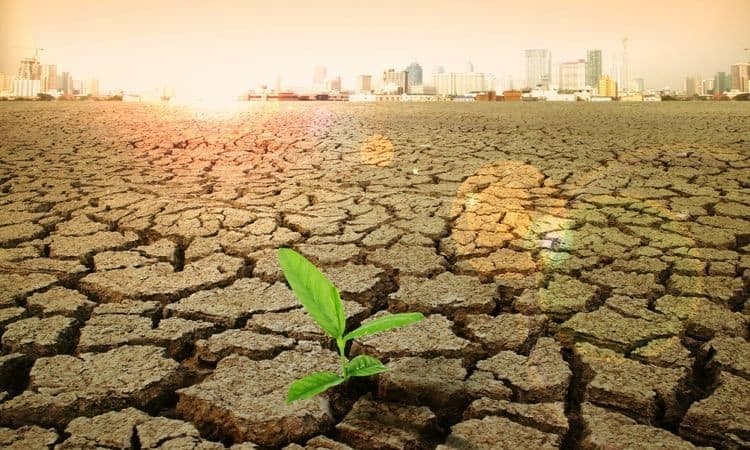In October 2012, Bloomberg reported on the threat that climate change poses to corn cultivation in states where it is most heavily produced. This past summer, record-breaking high temperatures and unprecedented drought conditions were observed nationwide. Kansas experienced its lowest corn output in terms of acreage in three years. By comparison, Minnesota, North Dakota, and even Manitoba are now able to grow corn due to a decrease in freezing days, making their climate more comparable to that of states like Kansas several years ago.
At the same time, land prices are rising across the Midwest. The New York Times reported that the Federal Reserve Bank of Chicago found that prices of farmland in major Corn Belt states like Illinois, Indiana, and Iowa, have risen 15 percent since 2011. Astonishingly, the Federal Reserve Bank of Kansas City reported an increase of 26 percent in the price of farmland in Kansas.
According to figures from the U.S. Environmental Protection Agency, corn is the most-produced crop in the United States, with nearly 10 billion bushels grown in 2000, and the U.S. is the top producer of corn in the world. Only 12 percent of corn is used in food products, however, and this includes extract-based products such as high-fructose corn syrup, cornstarch, and dextrose. A whopping 80 percent is utilized as feed for livestock, poultry, and fish, both domestic and foreign. The remainder goes to industrial materials, such as ethanol.
Michael Pollan, author of The Omnivore’s Dilemma, has published a number of articles and essays on the role that corn plays in the global food crisis, including “We Are What We Eat,” republished here by The Center for Ecoliteracy. Pollan posits that the Western diet’s dependance on corn – particularly in its indirect forms, such as corn-based sweeteners and binders, as well as feed for meat that we consume – is largely responsible for the obesity epidemic. The unhealthiest and most fattening components of corn are extracted to enhance the caloric content of already nutritionally deficient foods, which are consumed in great quantities and at low cost.
This practice can be largely attributed to the low price and a vast supply of corn, both of which are a direct result of United States government subsidies for farmers who produce the crop. The Environmental Working Group estimates that the federal government paid out US$87.9 billion in corn subsidies over the latter half of that period. In 2012, the tax credit that made this subsidy possible expired after thirty years.
Even in the face of a gradually warming Corn Belt, farmland is growing more expensive. The costs and prices of corn can no longer be kept artificially low by government subsidies.













